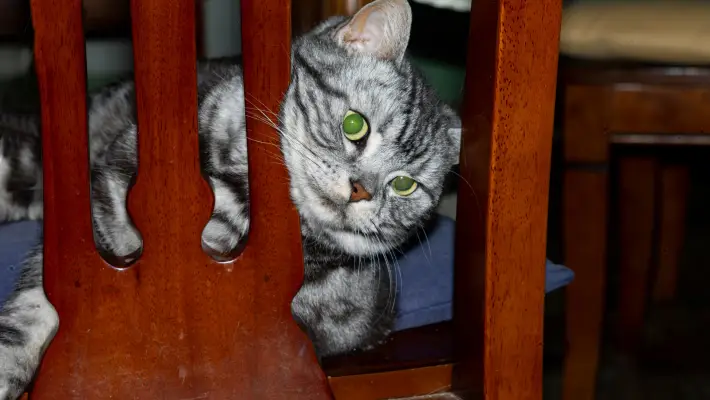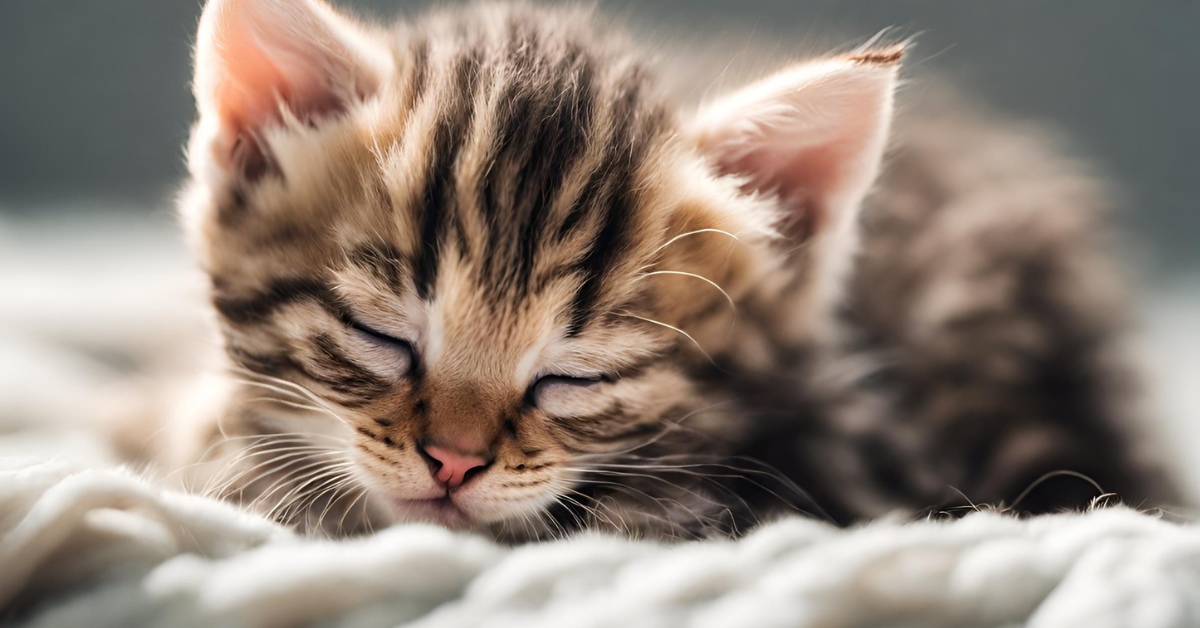If you notice blood in your cat’s urine, it may signal an infection in your cat urinary system. In senior cats, urinary tract infections are common, particularly in females and in cats that are prone to kidney illness or have difficulty defecating.
Complete urethral blockage might be problematic for male kittens. If your male cat is trying to urinate but only making a few drops, it may be in distress. They can become painful, poisonous, and even fatal in a short time.
You may also want to know What Causes Blood in a Cat’s Urine? It may depend on several factors. Blood in a cat’s urine can also be a sign of bladder stones.
Blood in a Cat’s Urine
Hematuria is the medical term for blood in the urinary tract. Blood in the urine can turn red or dark. On other occasions, hematuria is not readily apparent. You may have seen blood drops while cleaning the litter box, or your cat may have had accidents in the house. You’ve noticed a reddish hue to the urine. Blood in the cat’s urine isn’t normal, so it’s best to take Fido to the vet if you notice it, though it may not be an emergency.
Symptoms of Blood in a Cat’s Urine
The signs associated with blood in the urine depend on the condition’s cause. Tumorous masses may all be signs of bleeding from the kidneys that can be felt by touching the cat. Here are some of the most common symptoms that can accompany blood in your cat’s urine:
- Distended abdominal area
- Excessive thirst
- refusing to use the litter box
- Inappropriate urination at home
- Lethargy
- Red colored urine
- Vomiting
- Urethral discomfort
- Urinary tract licking
- Urine with a pungent ammonia smell
What Causes Blood in a Cat’s Urine?
There are various reasons why cat’s urine contains blood. Hematuria may result from the bladder and urethral inflammation brought on by cystitis and FLUTD. Many cats under the age of 10 will experience unexplained bladder inflammation; however, there are several specific causes of cystitis blood in a cat’s urine.
Infections
Urinary tract infections (UTIs) can affect the bladder and kidneys of cats, just as they can in humans and dogs. Inflammation of the affected tissue, which often results in bleeding, is a typical outcome of these bacterial infections.
Urinary Stones
Kidney and bladder stones are common problems in cats. It’s possible that bleeding could occur due to the damage done to the urinary tract tissues by these stones.
Anxiety
Anxiety is the leading cause of bleeding in the urine. In cats is common and can be brought on by various factors, including neighborhood cats wandering into your yard, an abundance of cats in the home, a new cat, or human visitors. Inflammation and pain in the bladder are brought on by anxiety, setting off a cycle of increased stress, inflammation, and pain. These anxious cats quickly feel better after receiving pain medication and calming effects.
Your veterinarian will investigate the possible causes of the blood in the urine and treat the condition accordingly.
Trauma
A person’s bladder is made up of delicate tissues easily damaged by external trauma. Bladder injuries can be caused by animal attacks and fights, falling from a high place, or being in a car accident.
Tumors
Cancerous or noncancerous tumors of the urinary tract are possible in cats. It’s also possible that the cat has non-tumorigenic cancer that destroys tissue in the urinary tract and causes bleeding.
Bleeding Disorders
The body’s natural mechanisms for stopping bleeding and clotting blood could malfunction. It may lead to urinary tract bleeding, which can be detected in the urine. Bleeding disorders are relatively rare in cats, but they can be very serious.
Pandora Syndrome
In many cases, the physical cause of hematuria and other symptoms of urinary tract problems in cats is unknown. Historically, veterinarians have employed the following broad categories to describe urinary disorders:
- Feline lower urinary tract disease (FLUTD)
- Feline urological syndrome (FUS)
- Feline idiopathic cystitis (FIC) means “inflamed bladder for reasons unknown.”
Treating blood in your cat’s urine
Hematuria, cystitis, and FLUTD do not have a proper cure. The situation’s specifics will determine the appropriate treatment and whether this is a one-time or recurring problem. Your cat may need a mixture of the following, depending on the issue:
- Antibiotics
- Anti-inflammatory drugs
- A special calming diet and dietary supplements
- Bacterial infections of the lower urinary tract
- Lots of freshwaters
- Pain relievers
- If there are bladder stones (uroliths), they need to be taken out.
Blood in your Cat’s Urine be Diagnoses
A cat with hematuria is initially diagnosed when signs of inflammation in the lower urinary tract are present. Most clinicians will perform a full urinalysis with sediment examination right there in the office to confirm the presence of urinary tract inflammation or infection. The following diagnostic tests can also detect blood in the urine:
- Examine a Urine Sample in a Lab
- Testing the urine for bacteria and susceptibility to antibiotics.
- X-rays.
- Ultrasound of the genitourinary system (bladder, urethra)

Urinary bladder Inflammation in Cats
Inflammation of the urinary bladder is referred to as cystitis. The diagnosis of “cystitis” does not imply a specific cause. Diseases of the urethra and bladder in cats are collectively referred to as feline lower urinary tract disease (FLUTD). Because differentiating between the bladder and urethral diseases can be difficult and many conditions impact the entire lower urinary tract, we use these umbrella medical terms. Veterinary idiopathic lower urinary tract disease is used when a veterinarian has ruled out every other possible cause of hematuria (FLUTD). Veterinary doctors may refer to this issue as “feline idiopathic cystitis” (FIC). When a condition is said to be idiopathic, its precise cause is unknown.
What are the symptoms of cystitis?
The symptoms of cats with urinary tract obstruction include increased frequency of urination, foul-smelling urine, and an inability to urinate due to complete obstruction of the urinary tract.
What are the causes of FLUTD?
Cats frequently experience problems related to their urinary tract. In cats, urinary tract problems are often indicated by blood in the urine. If something is causing damage to the urinary tract tissues in cats, then blood may be seen in the urine.
Blood in a cat’s urine could indicate a problem anywhere along the urinary tract. Bleeding in the urine can be caused by various conditions and issues all over the body. Possible causes of blood in cat urine are discussed below.
- Physical injury
- bleeding disorder
- Neoplasia is the presence of abnormal growths that result from excessive division and the abnormal development of cells in a lower urinary tract tumor.
- Anatomical abnormalities: persistent urinary tract issues
- Urethral plugs: blockage of the urethra with a mixture of crystals or small calculi (stones) and inflammatory material
- Bladder stones, also called urinary calculi, affect about 20% of cats younger than ten.
- Cats over 10 are more likely to contract bacterial infections (primary bacterial infections are uncommon in cats, but secondary infections can arise as complicating factors). Urinary stone disease and bacterial infections are common in senior cats.
- tumor of the urinary bladder or lower urinary tract (neoplasia)
- Disturbances of the urinary tract due to anatomical abnormalities are most common in kittens and young cats.
- Urethral plugs are blockages of the urethra caused by a combination of inflamed tissue and small stones or crystals.










